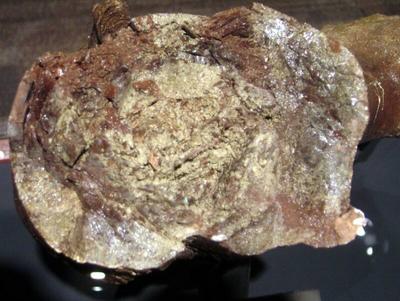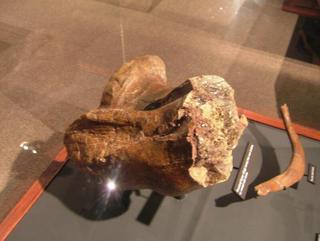OTHER PHOTOS


These are photos from other sources.
The three-panel photo is from www.msnbc.msn.com/id/7285683 and the caption reads:
Tissue fragments from a Tyrannosaurus rex femur are shown at left, when it is flexible and resilient and when stretched (arrow) returns to its original shape. The middle photo shows the bone after it is air dried. The photo at right shows regions of bone showing fibrous character, not normally seen in fossil bone.
The two-panel photo of the vein and blood is from M. H. Schweitzer , and posted at http://www.answersingenesis.org/docs2005/0325Dino_tissue.asp AIG's caption read:
Left: The flexible branching structures in the T. rex bone were justifiably identified as “blood vessels”. Soft tissues like blood vessels should not be there if the bones were 65 million years old.
Right: These microscopic structures were able to be squeezed out of some of the blood vessels, and can be seen to “look like cells” as the researchers said. So once again there is scope for Dr Schweitzer to ask the same question, “How could these cells last for 65 million years?”





